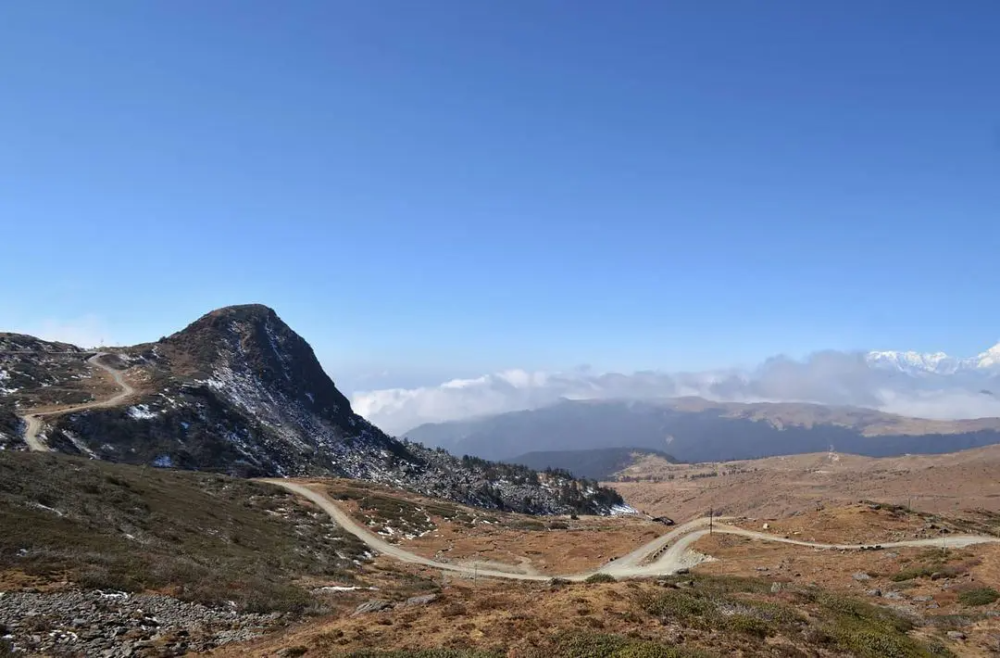

The serene and captivating Tukla Valley, along with the quaint hamlet of Zuluk, is nestled in the Eastern Himalayan range in Sikkim, India. This region has been an amalgamation of raw natural beauty and historical significance, which has recently been recognized as a burgeoning spot for tourism.
The history of tourism in Zuluk and Tukla Valley is inherently linked with the ancient Silk Route. Zuluk, being a transit point along this trade route, was once bustling with traders who traveled between Tibet and India. The valley, with its strategic location, has witnessed the passage of various cultures and commodities over the centuries. It wasn't until recently, with the gradual opening up of Sikkim’s borders to tourists, that Tukla Valley and Zuluk began to emerge as tourist destinations.
The development of tourism in Zuluk and Tukla Valley can be traced back to the early 21st century when the Sikkim government started promoting offbeat destinations to enhance rural tourism and involve local communities. Efforts were made to provide homestays, develop infrastructure, and promote eco-friendly tourism practices. The historical significance of the Silk Route coupled with the picturesque landscapes acted as unique selling propositions for the area.
As sustainable and eco-friendly tourism gains momentum worldwide, Zuluk and Tukla Valley are not far behind. There has been a significant shift in the pattern of tourism, which now emphasizes:
Despite the challenges of high altitude and rugged terrains, initiatives taken by the government and the community have strategically developed the region's tourism while preserving its ecological and cultural integrity. Zuluk and Tukla Valley remain mesmerizing destinations for those seeking solace in nature’s lap and a touch of history on the ancient Silk Route.